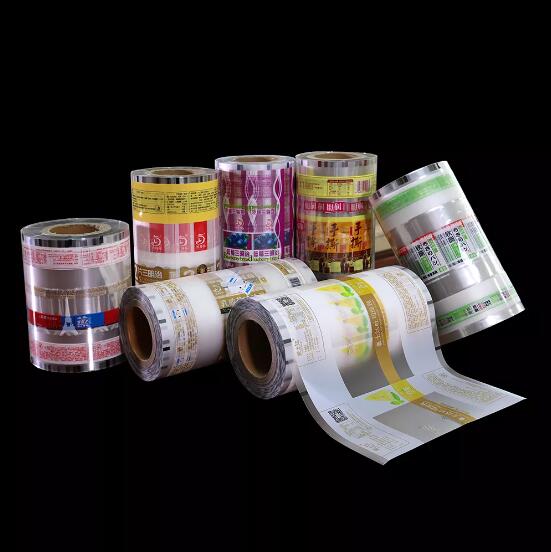Understanding the Process: Converting Polypropylene Film into Packaging Formats
2024-03-06
In the realm of packaging, polypropylene film stands out as a versatile material renowned for its exceptional properties and diverse applications. From bags and pouches to labels and wraps, polypropylene film serves as a cornerstone in the packaging industry, offering flexibility, strength, and barrier protection for a wide range of products. But how exactly is polypropylene film transformed into the myriad packaging formats we encounter daily? In this blog, we'll delve into the fascinating process of converting polypropylene film into various packaging formats, providing insights into the intricacies of modern packaging production.
1. Film Extrusion:
The journey of polypropylene film begins with film extrusion, a process where raw polypropylene resin pellets are melted and formed into a continuous thin film. In this stage, the polypropylene resin is fed into an extruder, where it undergoes heating and melting. The molten polymer is then forced through a flat die to form a uniform film of desired thickness and width. This freshly extruded polypropylene film, known as a primary web, serves as the foundation for subsequent processing steps.
2. Printing and Decoration:
Once the polypropylene film is extruded, it may undergo printing and decoration processes to add branding, graphics, or labeling information. Various printing techniques, such as flexographic, gravure, or digital printing, can be employed to transfer ink onto the film surface. Printing can be done inline during the extrusion process or offline on pre-extruded film rolls. Advanced printing technologies allow for precise registration, vibrant colors, and intricate designs, enhancing the visual appeal of the packaging.
3. Lamination and Coating:
In some cases, polypropylene film may undergo lamination or coating processes to enhance its properties or add specific features. Lamination involves bonding one or more layers of film together using adhesives or heat, resulting in composite structures with improved barrier properties, strength, or stiffness. Coating involves applying a thin layer of coating material onto the film surface to provide additional functionalities such as barrier protection, heat-sealability, or matte finish.
4. Slitting and Rewinding:
After printing, lamination, or coating, the polypropylene film is typically slit into narrower rolls of desired width using precision slitting machines. Slitting allows for the customization of film width to meet specific packaging requirements. The slit rolls are then rewound onto individual cores, ready for further processing or conversion into final packaging formats.
5. Bag and Pouch Making:
Polypropylene film can be converted into bags and pouches using specialized bag-making machines. In this process, the polypropylene film is fed into the bag-making machine, where it is folded, sealed, and cut into individual bags or pouches. Various sealing methods, such as heat sealing or ultrasonic sealing, are used to create strong and secure seals. Bag-making machines can produce a wide range of bag styles, including flat bags, gusseted bags, stand-up pouches, and more.
6. Label Converting:
For label production, polypropylene film undergoes a series of converting processes to create finished labels ready for application. This may include die-cutting, slitting, and laminating the printed film into label rolls of desired dimensions. The labels can then be applied to packaging containers using labeling machines or manually by operators.
In conclusion, the process of converting polypropylene film into various packaging formats is a complex and intricate journey that involves multiple steps, from extrusion and printing to lamination and bag-making. Each step in the process requires precision, expertise, and advanced machinery to ensure the quality and performance of the final packaging product. By understanding the intricacies of polypropylene film conversion, we gain a deeper appreciation for the innovation and craftsmanship that goes into creating the packaging solutions we encounter in our daily lives.



